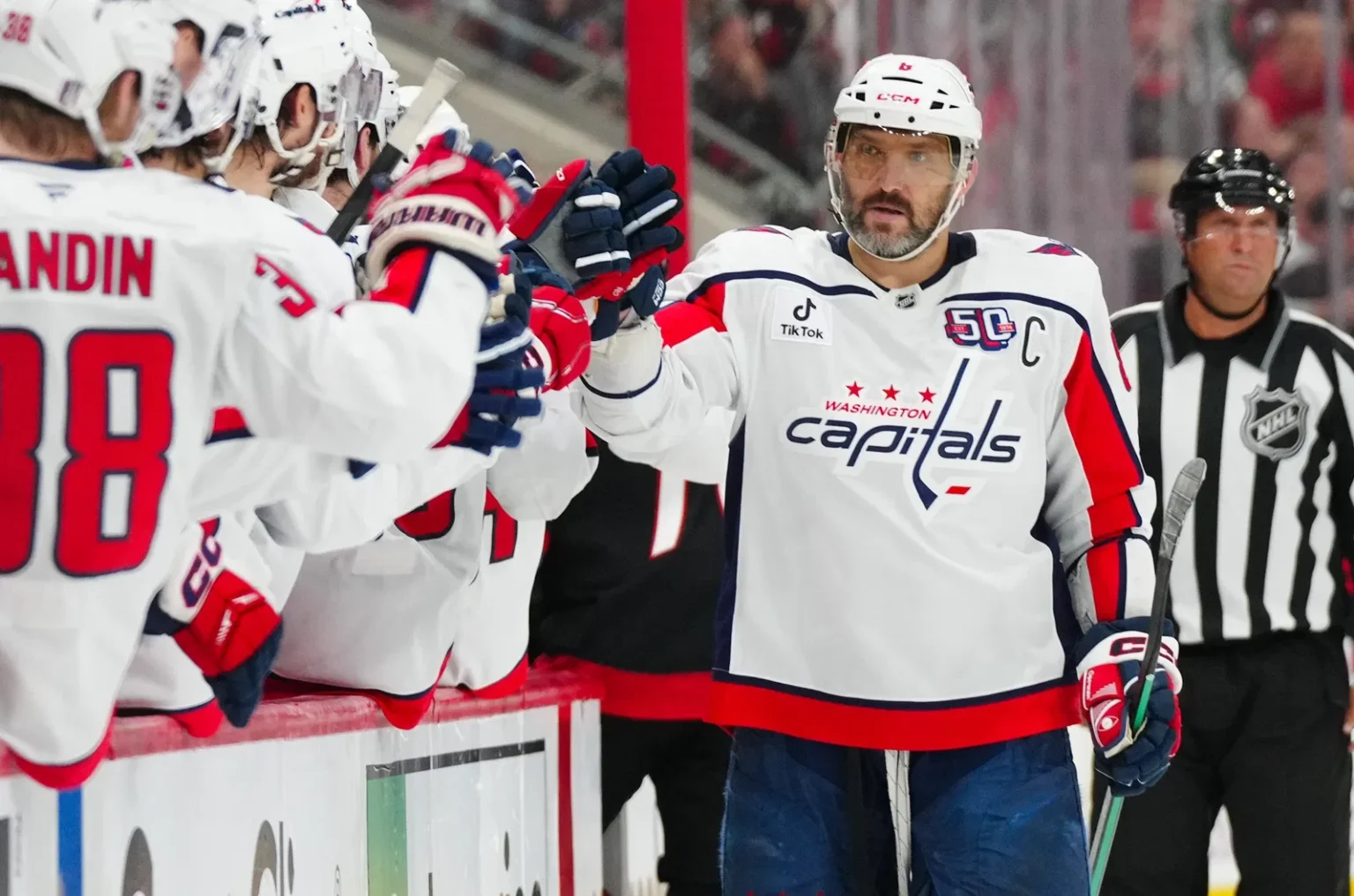The Hockey News’ Summer Splash series is underway, with this segment focusing on the Washington Capitals, ranked 22nd in the team’s offseason evaluations across the NHL. This series examines each team’s offseason moves, highlighting the best and worst, based on acquisitions, departures, trades, free agent signings, and any front office changes.
Currently, the Capitals appear to be maintaining largely the same roster from last season. The team made only minor additions, bringing in right winger Justin Sawariff and defenseman Declan Chisholm, alongside re-signing winger Anthony Beauvillier to bolster their depth. With about $4.12 million in salary cap space remaining, General Manager Chris Patrick seems content to stick with the core group that led Washington to a top finish in the Eastern Conference last year, only bested by the Winnipeg Jets.
On the departures front, the Capitals saw veterans Andrew Mangiapane, Lars Eller, Taylor Raddysh, and Alexander Alexeyev leave. While experienced, Mangiapane and Eller contributed modestly last season, so their absence is unlikely to significantly impact the team’s on-ice performance. The Capitals’ remaining cap flexibility should allow for any necessary talent replacements moving forward.
In conclusion, Washington ranks near the middle in this offseason evaluation, choosing stability over big roster changes. Although fans may have hoped for more significant upgrades to push deeper into the Stanley Cup playoffs, sticking with a successful core and maintaining cap space for future moves reflects a patient strategy. The Capitals aim to remain strong contenders in the Metropolitan Division next season.
Summer Splash Ranking Snapshot:
22. Washington Capitals
23. Nashville Predators
24. New York Islanders
25. Tampa Bay Lightning
26. Toronto Maple Leafs
27. Dallas Stars
28. Calgary Flames
29. Los Angeles Kings
30. Winnipeg Jets
31. Chicago Blackhawks
32. Buffalo Sabres
Fan Take: For hockey fans, the Capitals’ decision to hold steady this offseason highlights a growing trend of valuing team chemistry and financial flexibility over costly roster overhauls. This approach could set a standard for sustainable success, emphasizing smart management and patience in building championship contenders.



